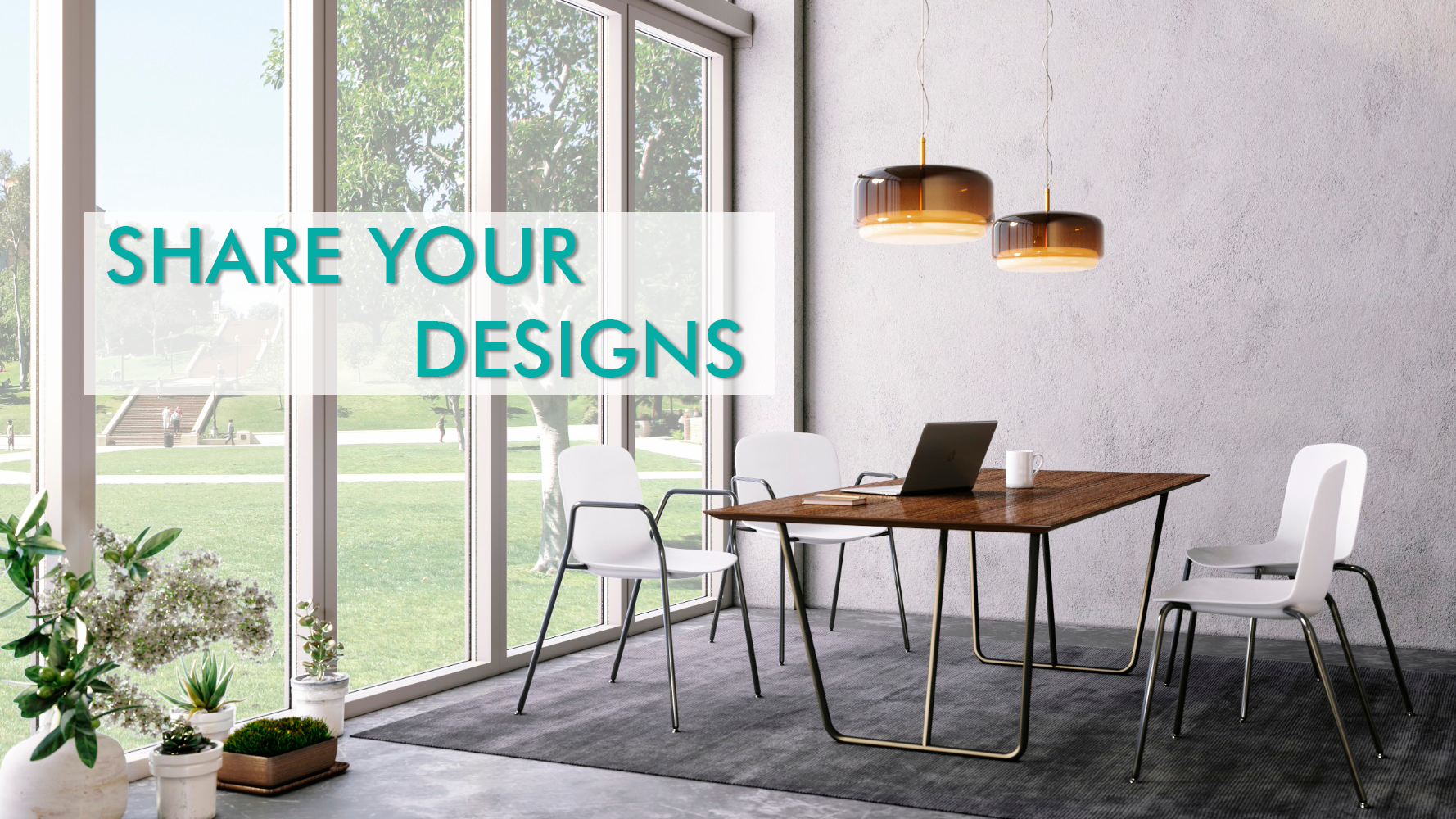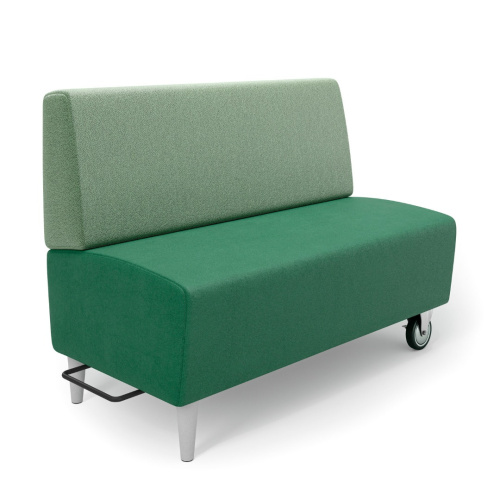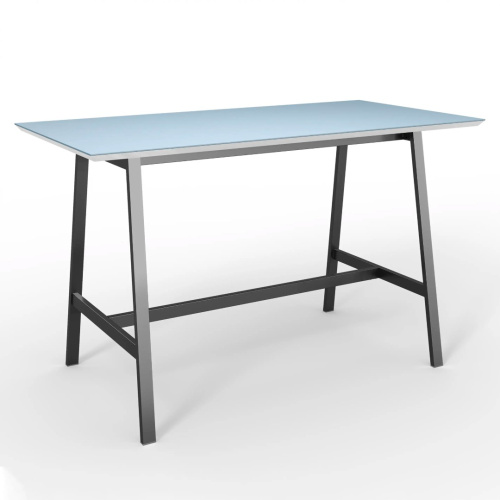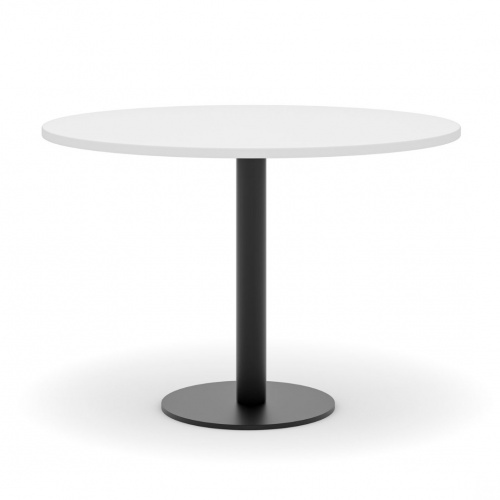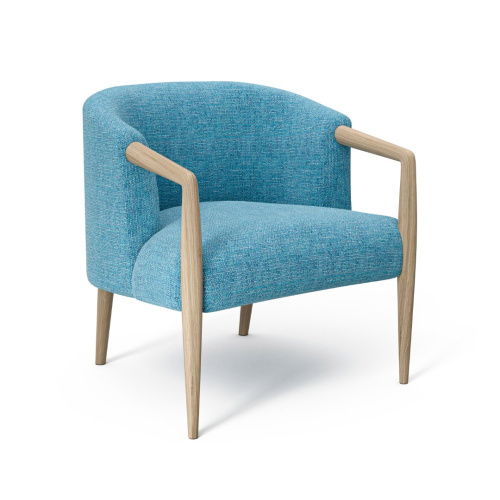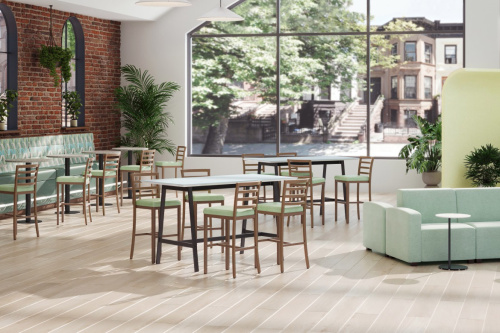Even before coronavirus struck, critics were slamming the layout used in most American offices — the open plan — as noisy, distracting, stress-inducing, and nowhere near the teamwork booster its designers made it out to be.
"Open-plan offices are now the dumbest management fad of all time.” Inc. magazine proclaimed in 2018, pouncing on a Harvard study that showed such layouts actually decrease face-to-face collaboration.
Many medical experts don’t relish the prospect of a quick return to work in any setting, open-plan or otherwise. "The best way not to spread coronavirus is to close the office,” said Dr. Benjamin Singer, a pulmonary and critical care specialist at Northwestern University’s Feinberg School of Medicine.
Yet the health crisis could have a significant impact on workplaces, just as the shock of the Sept. 11 terrorist attacks made security measures part of the daily routine. Unlike the hassles associated with such features, however, the impact could be positive.
A growing number of building owners and developers, including the owners of such prominent Chicago properties as the Merchandise Mart, already have latched onto the concept of office spaces that promote employee wellness with such features as internal stairs that encourage employees to walk from floor to floor instead of taking the elevator.
More companies can be expected to follow, experts say, not only because job seekers will be attracted to such work environments but also because existing employees will demand them.
Companies also could wind up allowing more employees to telecommute if the present predicament demonstrates that remote work doesn’t hurt productivity.
“This is absolutely a pivot point for the world of work,” said Todd Heiser, co-managing director of the Chicago office of the global design firm Gensler.
An estimated 70% of American offices use some form of the open plan, which departs from the traditional arrangement of private offices on the perimeter and workstations on the interior.
As part of the shift, which has occurred in the past 15 to 20 years, many companies cut costs by shrinking the size of individual workstations. A typical workstation now has 36 square feet instead of 48 square feet, Heiser said, a 25% reduction.
And that typical workstation has less privacy because old-fashioned cubicle walls, which incorporated wiring for phones and computers, have come down in the wireless age of mobile phones and the cloud. As a result, workers may feel defenseless against the spread of germs.
“This is absolutely a mental health issue as well as a physical issue,” said Joanna Frank, CEO of the Center for Active Design, a New York-based nonprofit that seeks to use design to improve health in private and public spaces.
To be sure, it’s a safe bet that Illinois Gov. J.B. Pritzker and New York Gov. Andrew Cuomo won’t follow Trump’s lead and call off their statewide stay-at-home mandates. Not with the number of coronavirus cases and deaths still spiking in both states.
But at some point, office buildings will come back to life and workers will be confronted with difficult choices, not only at individual workstations but in the common areas that have proliferated in both traditional offices and co-working spaces run by the shared workspace company WeWork.
“The coffee break room is a great place to exchange gossip and germs,” said Charles Gerba, a University of Arizona microbiologist and native of south suburban Blue Island.
Granted, open-plan offices have certain advantages. Executive offices no longer ring the perimeter, hogging access to natural light and views. There are abundant common areas, such as kitchens, large and small meeting rooms, coffee bars, and seating areas — in effect, more “we” space to compensate for less “me” space.
Ideally, these arrangements give people choices for where — and how — they want to work, simultaneously freeing them from being chained to their desks and creating enough flexibility to create social distancing.
In a dense cluster of workstations, for example, some people could remain at their desks while others take their laptops to conference rooms.
“If you plan a workspace the appropriate way, it’s not a risky place,” Heiser said.
Nevertheless, there are risks associated with open-plan offices, like hotel seating, or “hoteling," in which individual workstations are not assigned to one person. Instead, workers reserve a station on the days when they’ll be in the office,
“I think it’s more conducive to the spread of viruses," Gerba said. “Because you’ve got multiple people using the same area."
Factor in the many common surfaces that workers touch — doorknobs, refrigerator handles, countertops, desktops, conference room table tops and security-card panels — and going back to work sounds more unsettling than the rosy image Trump painted.
“We share more surfaces with people today than at any time in history,” Gerba said. "We’re really the touch generation.”
How can workers and bosses, as well as building owners and managers, cope?
First, by changing their behavior.
“Maybe before you were standing shoulder to shoulder with the person at the coffee machine. Now you have to observe proper social distancing,” said sociologist Tracy Brower, a principal at Steelcase, the Grand Rapids, Michigan-based office furniture manufacturer.
To keep people apart, Brower added, building managers may have to remove the couches that have sprung up in lobbies in recent years as lobbies have become gathering places rather than just spots you pass through.
Or they could place markers on the floor, 6 feet apart, to separate visitors lining up for security clearance. Meetings previously held in a conference room designed for, say, 20 people might need to be switched to a larger room, provided one exists. Antimicrobial materials, which inhibit the spread of germs, could get increased use.
“I think the open-plan office is not dead. It will continue to evolve,” Brower said.
Building managers also may need to change their ways in order to alleviate the risks associated with dense work areas.
Proper ventilation, strict cleaning protocols and signs that encourage hand-washing will help, said Frank at the Center for Active Design. So, she said, will high levels of humidity, since they are detrimental to the spread of viruses.
Her organization operates a program, called Fitwel, that certifies multitenant and single-tenant buildings if they meet design and operating standards that optimize public health.
Points are awarded, for example, to offices that offer access to healthy foods, provide lots of natural light and reduce the spread of diseases.
More than 300 buildings and workplaces have been certified so far, and another thousand are in the process of getting certified, Frank said.
Run on behalf of the federal Centers for Disease Control and Prevention, the program is similar to the widely used Leadership in Energy and Environmental Design initiative of the U.S. Green Building Council.
“We are seeing a very fast uptick because employees are demanding it,” Frank said of Fitwel.
In the wake of the coronavirus crisis, expect that demand to soar.
View the original article here: https://www.chicagotribune.com/columns/blair-kamin/ct-biz-workplace-wellness-and-virus-kamin-20200327-nbh3szxqffccfgjnuvnqep3h3i-story.html

